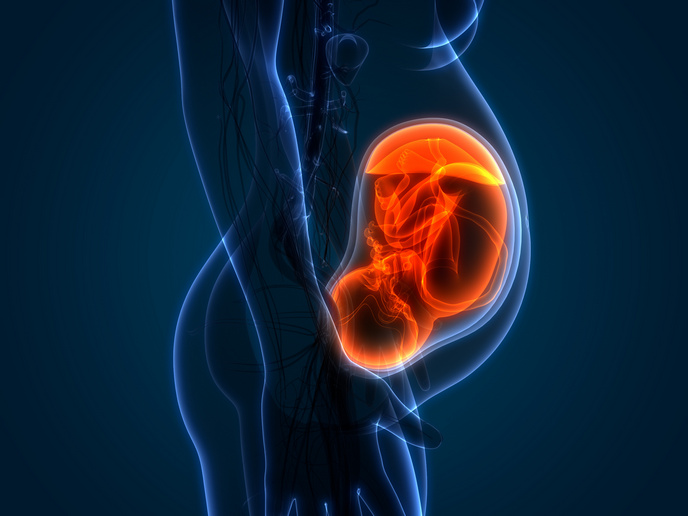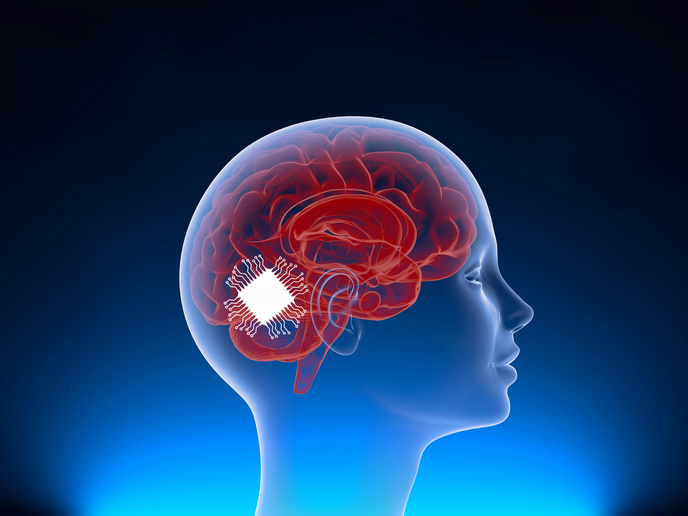Identification of mechanisms for distinguishing between overlapping paths in the environment
The hippocampus is the epicentre of memory of everyday events (episodic memory). Representations of our surroundings lie here which vary according to our memories. Apparently, location is coded for by the activity of spatially tuned neurons aided by the neurotransmitter acetylcholine. Research has revealed that the input protrusions (dendrites) of pyramidal cells in the hippocampus get excited before these cells start exhibiting location-tuned activity. However, the pressing question remains, where does the change in excitability come from or, what makes these neurons capable of coding location?
How neurons become excited in location mapping
“Working with the HippAchoMod project, we put forward the hypothesis that the medial septum gates, or sorts information to reach the hippocampus and forms representations of the environment,” says Viktor Varga, research fellow with the Marie Skłodowska Curie Actions (MSCA)-funded programme. The researchers proposed that synergy between the direct excitement caused by acetylcholine and the release of dendrites from inhibition by the action of gamma-aminobutyric acid (GABA) create windows of opportunity for the emergence of location-coding activity. “The result would be to generate lasting depolarisation of principal cells’ input compartment. Any input arriving at the ‘pre-triggered’ pyramidal cell would be strengthened and the neuron will be tuned for information,” explains Varga. Therefore, the HippAchoMod team turned their focus on the multicomponent septo-hippocampal connection.
Mouse in a maze: How it learns which way to turn?
“We taught mice to alternate left and right turns in a ‘figure eight’ maze (pictured). Medial septal neurons were stimulated during the passage of the mouse in a predetermined section of the maze,” outlines Varga. In this alternation task, the team’s goal was also to determine the unperturbed activity of pyramidal cells. Results revealed that the MS can trigger plastic changes in location coding activity – the mapping can either emerge or disappear. However, the extent of remapping was below expectations indicating another mechanism in play as yet unidentified. A surprisingly large number of place coding neurons showed differential activity in the central corridor before the mouse had the chance to turn to the left or right arm of the maze. This phenomenon was first recorded 20 years ago, but to date there was no explanation as to how this behaviour emerges and what is its exact role. “One possibility is that as the animal gets better at the task, activity in the hippocampus separates the two types of trials more completely,” suggests Varga.
Theta waves as another piece of the location coding puzzle
The medial septum is the master clock of the episodic memory circuit by generating theta oscillation. Strikingly, emergence of location-tuned activity is strictly coupled to time windows determined by this rhythm. Results highlight the importance of the finely coordinated activity of both the cholinergic and GABAergic components of the MS in supporting the formation and storage of representations. “The next research step in my lab, again supported by the MSCA programme, will aim to uncover the basic operational principles of subcortical modulation.” Adding the issue of timing, Varga continues: “I plan to disentangle the medial septal clock by examining how its various components, especially functional subgroups of GABAergic neurons, support the synchronisation in the episodic memory circuit.”







